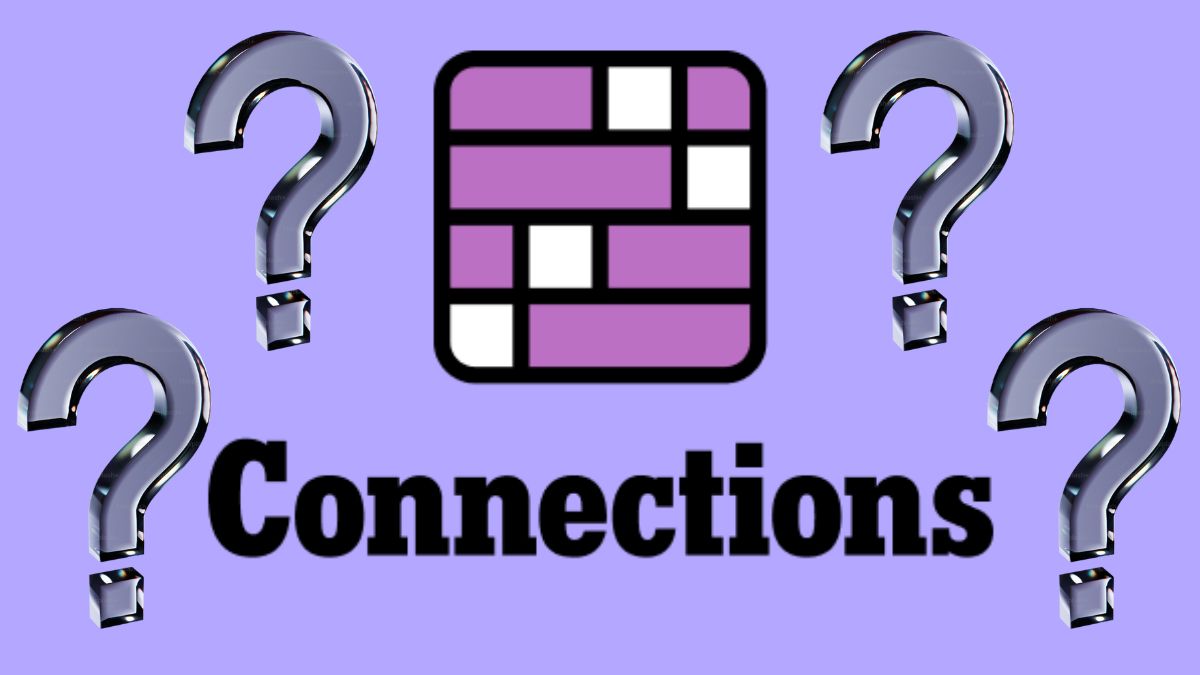Connections—a word that resonates deeply across various aspects of life, work, and entertainment. For puzzle enthusiasts, particularly fans of The New York Times (NYT) Connections game, this word also symbolizes a mental challenge that tests your wit, creativity, and ability to see relationships between words or concepts. Whether you’re playing today’s Connections puzzle or exploring deeper ways to strengthen connections in life, this article provides insights, strategies, and hints tailored to your goals.
What Is the NYT Connections Game?
The New York Times Connections game is a daily word association puzzle that encourages players to group 16 words into four groups of four based on shared themes or connections. It’s a game of logic, pattern recognition, and linguistic dexterity, combining fun with cognitive stimulation.
Each puzzle typically includes:
- Obvious Links: Straightforward groups, like animals or colors.
- Tricky Clues: Words that can fit into multiple categories, forcing you to think deeply.
- Decoy Words: Designed to mislead players, making the challenge even more exciting.
For many, solving these puzzles has become a daily ritual.
Hints for Today’s Connections Puzzle

Without giving away direct answers, here are some tips to tackle today’s NYT Connections challenge:
- Look for Literal Groupings
Start with categories like animals, fruits, or professions. Often, there’s at least one grouping that stands out as a basic category.
- Identify Overlaps
Certain words may appear to fit into multiple categories. For instance, “Apple” could belong to fruits or tech brands. Keep these words in mind as potential keys to tricky groupings.
- Think Abstractly
Beyond literal meanings, consider metaphorical or cultural connections. For example:
- A group could be formed around idioms (“Break,” “Leg,” “Luck,” “Glass”).
- There might be a theme tied to colors or emotions.
- Use Process of Elimination
If a word doesn’t seem to fit into any obvious group, try pairing it with different combinations. Sometimes, this trial-and-error method reveals hidden patterns.
- Pay Attention to Traps
Decoy words are intentionally misleading. They might almost—but not entirely—fit a category. Double-check before finalizing a group.
Beyond the Game: The Broader Concept of Connections
While the NYT Connections game hones your puzzle-solving skills, the idea of connections extends to how we interact with people, ideas, and experiences in daily life. Here’s how to master the art of building and recognizing connections beyond the puzzle.
The Power of Connections in Life
Connections are vital in shaping relationships, advancing careers, and fostering creativity. They can be categorized into three main types:
- Personal Connections: Relationships with friends, family, and loved ones.
- Professional Connections: Networking with colleagues, mentors, and industry peers.
- Conceptual Connections: Linking ideas, trends, or patterns to innovate and solve problems.
Tips for Strengthening Connections
- Be Present and Engaged
Whether you’re solving puzzles or meeting new people, focus fully on the task or conversation at hand. Genuine attention enhances understanding and fosters deeper relationships.
- Stay Curious
In the NYT game, curiosity helps you explore unexpected groupings. Similarly, in life, asking questions and seeking knowledge leads to richer connections.
- Leverage Shared Interests
Finding common ground makes forming connections easier. In the NYT puzzle, this might mean spotting a shared theme; in real life, it could mean discussing hobbies or goals.
- Think Laterally
Lateral thinking—viewing problems from unique angles—is crucial both in solving puzzles and in life. It enables you to see hidden relationships and opportunities.
- Practice Patience
Some connections aren’t obvious immediately. Just as you might take a break before revisiting a tricky puzzle, allow time for certain relationships or ideas to develop naturally.
How Connections Drive Success
- Enhanced Problem-Solving
Recognizing patterns and relationships improves cognitive flexibility, making you better at tackling challenges.
- Greater Creativity
Connecting seemingly unrelated ideas often leads to innovation. The NYT Connections game is a microcosm of this principle.
- Stronger Relationships
Understanding connections between people fosters empathy and collaboration, essential skills in personal and professional life.
Tools for Building Connections
- For Puzzle Enthusiasts
- NYT Games Subscription: Access to daily puzzles, including Connections.
- Puzzle Apps: Games like Wordscapes or Scrabble sharpen word association skills.
- For Life and Work
- Networking Platforms: LinkedIn for professional connections, Meetup for interest-based groups.
- Collaboration Tools: Slack and Microsoft Teams for seamless communication.
- For Creativity and Learning
- Mind Mapping Apps: Tools like MindMeister help visualize connections between ideas.
- Books and Podcasts: Content that broadens your understanding of various subjects enhances your ability to draw connections.
Strategies for Tackling Decoy Words
In both the NYT Connections game and life, decoys can derail progress. Here’s how to handle them:
- Revisit Assumptions: If a word doesn’t fit, reassess your categories.
- Group Tentatively: Experiment with temporary groupings to test patterns.
- Seek Feedback: In life, asking others for input can clarify confusing situations.
Wrapping Up: Make Every Connection Count
Whether you’re piecing together today’s NYT Connections puzzle or navigating the complexities of relationships and ideas, the principles of pattern recognition, curiosity, and persistence remain constant. By applying these hints and strategies, you’ll not only excel in games but also build a richer, more connected life.
